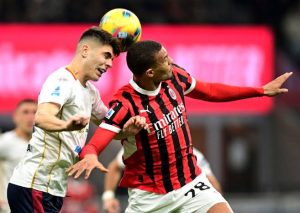
20000902WP 5/x (l to r) Oldtime Yankees Horace Clarke and Ron Bloomberg enjoy themselves in the dugout at Old Timers Day at Yankee Stadium in Bronx, New York. 9/2/2000 WILLIAM PERLMAN-THE STAR-LEDGER SL
There are a couple generations of older Yankees fans who remember suffering through a lot of lean seasons from the mid-60s to the mid-70s.
There were no World Series titles, no pennants, no playoff games during these years between Mickey Mantle’s glory days and the arrival of Reggie Jackson.
To many fans, those are the Horace Clarke Yankees.
Clarke, a switch-hitting second baseman for the Yanks from 1965-74, died Wednesday at 81.







